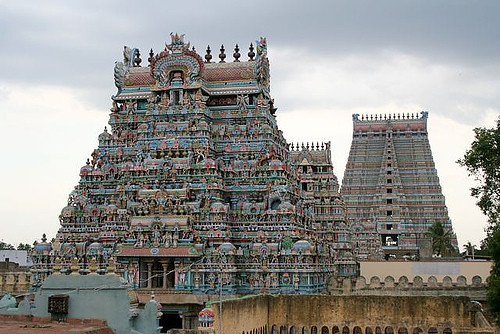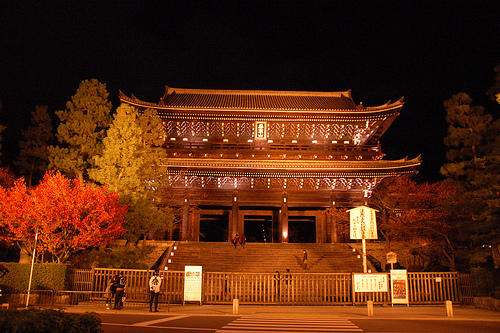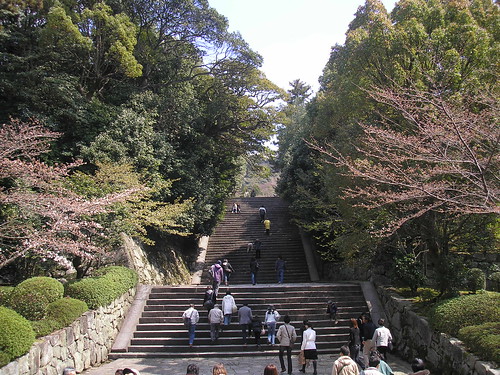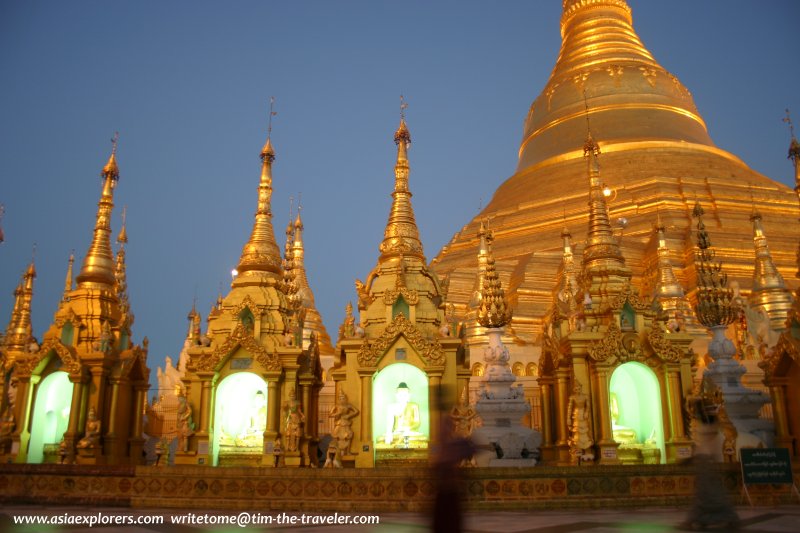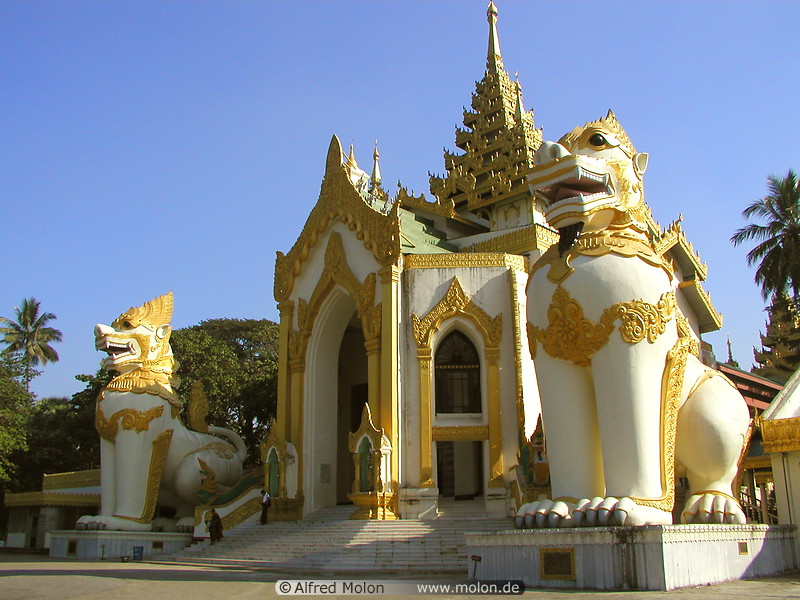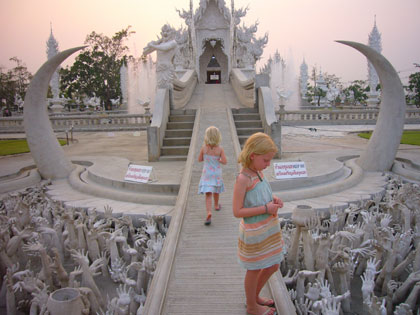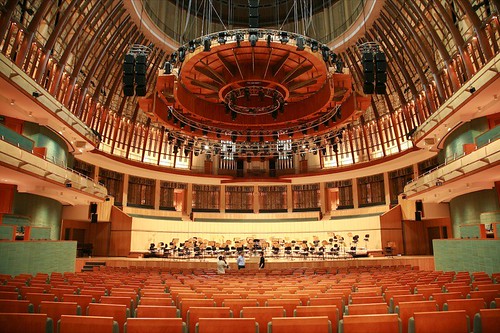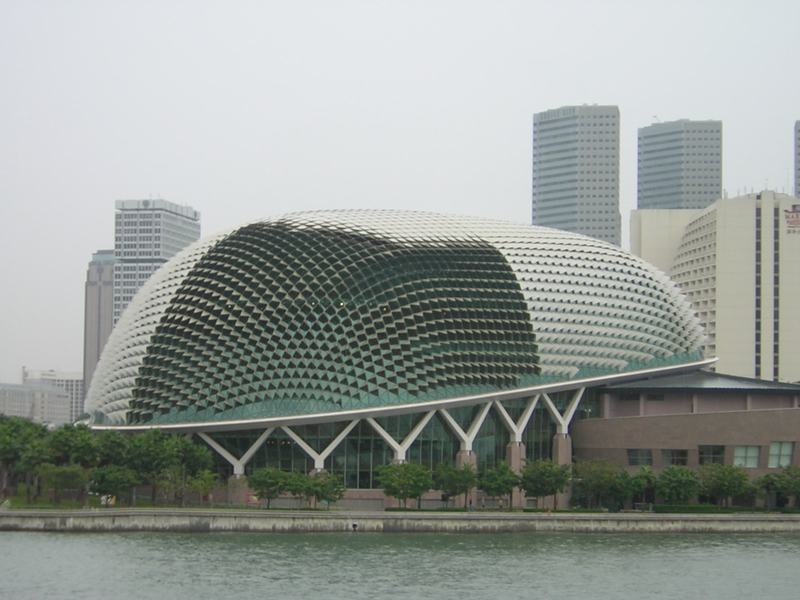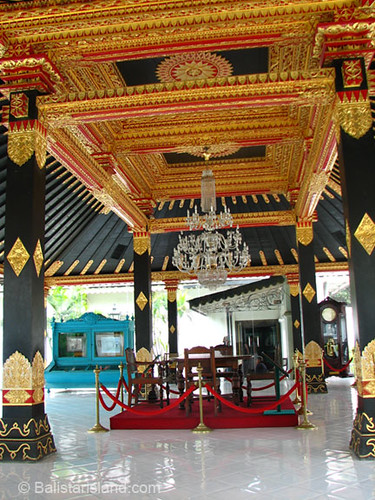




Last but definitely not least is the largest temple in history and the inspiration to countless novels and action movies of Hollywood: Ankor Wat.
Angkor Wat [wiki] was built in the early 12th century in what is now Cambodia. The world famous temple was first a Hindu one, dedicated to Vishnu. In the 14th or 15th century, as Buddhism swept across Asia, it became a Buddhist temple.
The Western world’s got a glimpse of Angkor Wat when a 16th century Portuguese monk visited the temple and eloquently described it as "of such extraordinary construction that it is not possible to describe it with a pen, particularly since it is like no other building in the world. It has towers and decoration and all the refinements which the human genius can conceive of." His words still rang true today.

